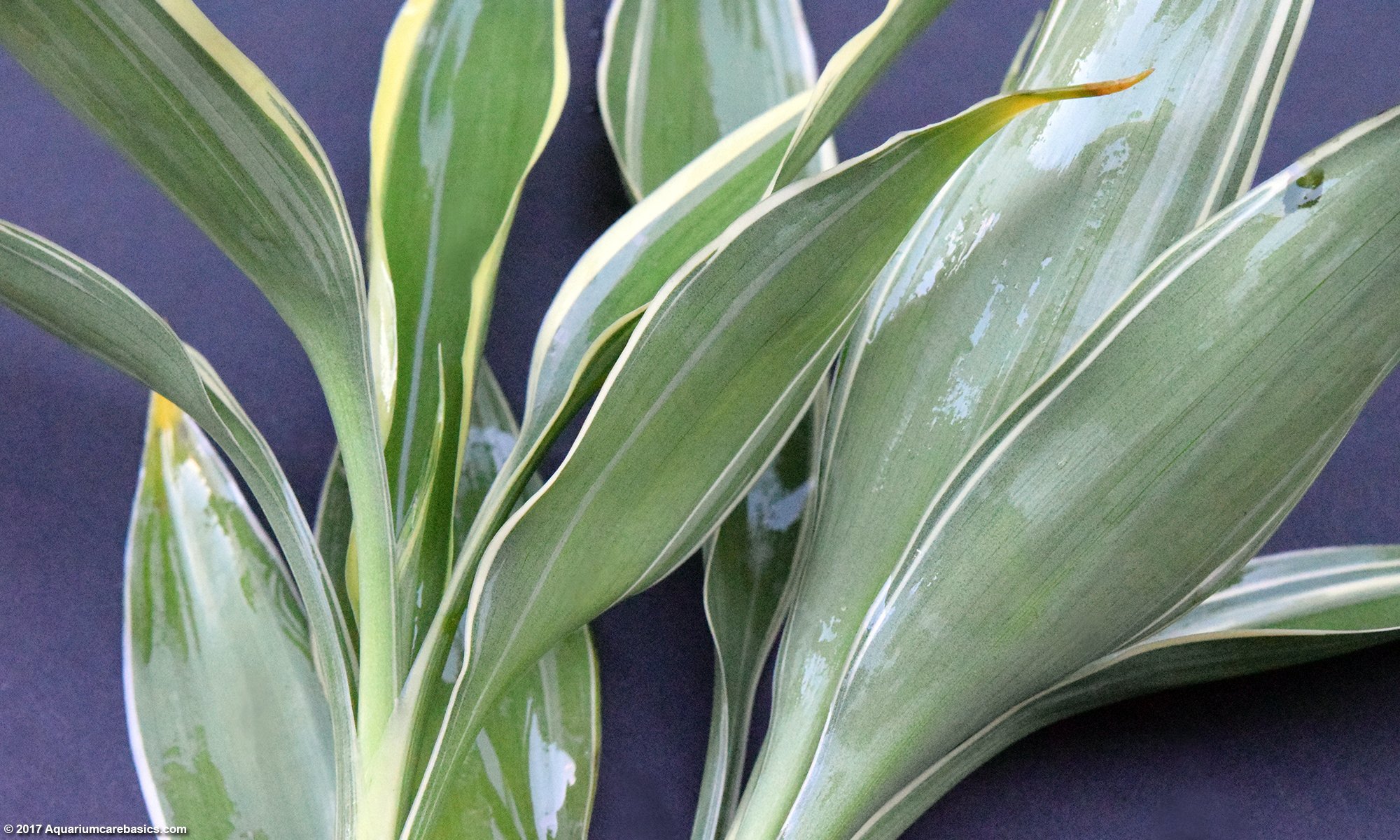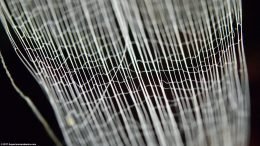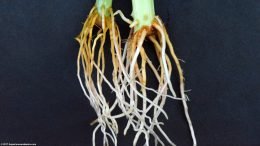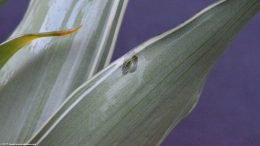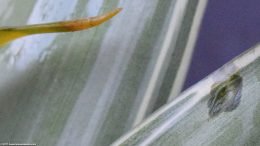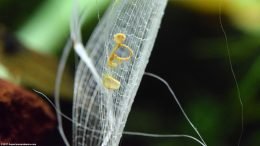A White Sanderiana plant is often available in pet stores these days. A White Sanderiana plant has green leaves with creamy white edges. White Sanderiana leaves are thick and durable looking. The plant is stalk-like and loosely resembles a corn stalk. The leaves wrap around the base of the stem with new growth occurring from the center of the plant. The leaves closer to the center are newest, and the leaves on the outside of the plant are oldest. White Sanderiana also has roots growing from the base of its stem.
Some of the other names White Sanderiana might be sold under are: White Ribbon Plant, Sanderiana White, and spelled White Sandriana.
White Sanderiana is not a true aquatic: A White Sanderiana plant may be sold in sealed plastic tubes. White Sanderiana may also be seen totally submerged in water-filled store display tanks, with their roots planted in gravel or substrate. The plants in the display tank often look healthy and very nice, and new hobbyists may think they will make great additions to their tank. But Sanderiana does not do well as an “aquarium plant” totally submerged in water. White Sanderiana is not a true aquatic plant. It is more of a terrarium plant or land plant.
A hobbyist make mistakenly believe that Sanderiana will look as nice planted in their tanks as it does in the store display tanks. And it does for a while. The plant may even show some new growth, sprouting leaves from the center. But after a week or so, hobbyists may start seeing brown areas forming on the leaf tips. And then the leaves start so fray. The plant may even uproot and start floating because its root structure is dying and breaking off. The plant then becomes translucent and eventually all that remains is the fibrous mesh-like vein structure of the plant. And that’s usually the point where hobbyist feel bad like they did something wrong, only to find out that Sanderiana dies when totally submerged in water.
That said, some aquarium hobbyists choose to purchase White Sanderiana regardless, knowing full well it is not a true aquatic will not last long in their tanks. Other hobbyists may try to grow the plant by planting the roots substrate and have the majority of the leaves growing above the surface of the water. Both alternatives are fine because it’s an informed decision. The hobbyist knows and understands in advance that the plant is not a true aquarium plant.

